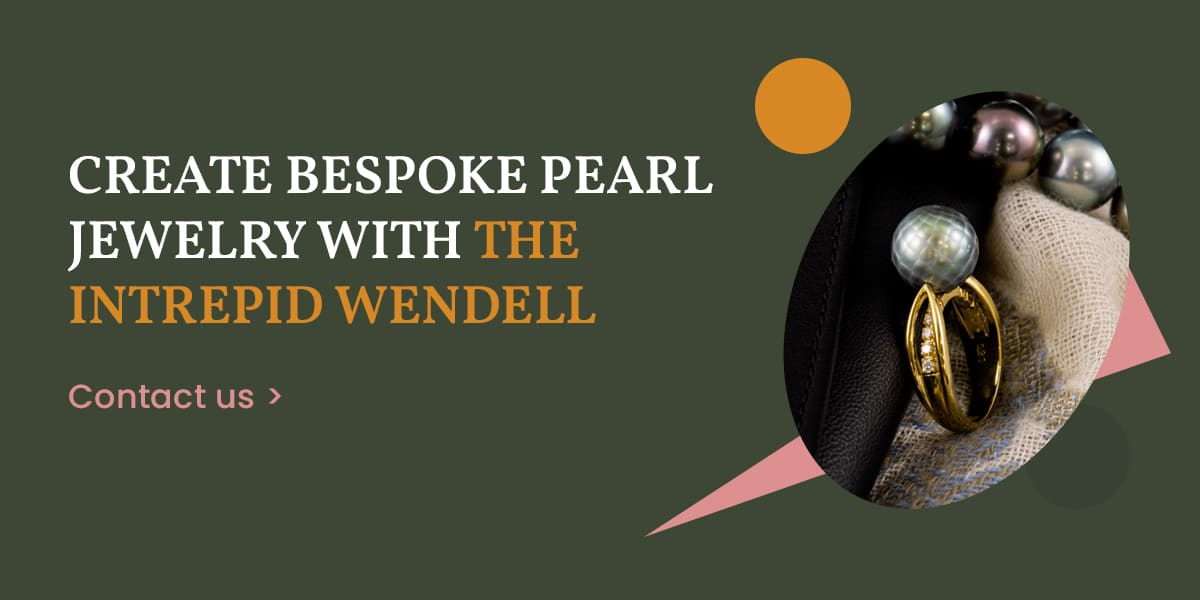Unveiling the Authenticity of Pearl Necklaces: A Comprehensive Guide
How to Tell If a Pearl Necklace Is Real
Knowing the difference between a fake and authentic pearl can be valuable when inheriting jewelry from a loved one, buying vintage, or buying new.
How Authentic Pearls Are Made
An authentic pearl must be produced inside a freshwater or saltwater oyster. These stones start as hard particles that enter the oyster. As a defense mechanism, the oyster’s body releases conchiolin carbonate, or nacre, that covers the irritant. This coating creates the iconic surface of a pearl.
Most pearls are cultured, which means professionals place beads inside oysters to start the pearl-making process. Natural pearls created without human involvement are rare. A cultured pearl is still a real pearl, although some jewelers may use the word “natural” to describe cultured pearls as a way to advertise their authenticity.
How Fake Pearls Are Created
Fake or imitation pearls are human-made beads that are usually comprised of plastic, glass, or alabaster. Imitation pearls can vary widely in quality. Some may clearly be painted plastic beads, while others may be more convincing. For example, Majorica is a Spanish company known for its fake pearl, which is an impressive imitation of the real thing.
How to Tell Fake Pearls From Real Pearls
Taking your pearl jewelry to a jeweler can help you know for certain if a pearl is real. You can also use a combination of identifiers to make an educated assessment yourself.
Feel the Temperature and Texture
When you first touch a pearl, it will be cold to the touch for the first few seconds. Imitation pearls will take on the room’s temperature and should not feel noticeably colder. Real pearls also have a slightly gritty texture, while imitation pearls feel smooth.
Examine the Surface
Real pearls are made by oysters, so even the most high-quality stones will have a natural texture. Examine a pearl closely — preferably under magnification — and look for small irregularities or ridges. A completely uniform texture on the surface typically indicates a human-made pearl.
Inspect the Shape
Natural pearls will not have a perfectly uniform shape. Inspecting the shape may not be helpful for baroque pearls, but it will be for round pearls. As a rule, natural pearls are worth more when they are round. Jewelers strive to source a collection of round pearls to create strand necklaces, but these pearls should not be uniform. Look for slight variations in size and edges. Uniform pearls in a single strand are likely fake.
Note the Color
Color variations in a pearl are a desirable feature of the stone, and they are often hard to capture in a human-made bead. View a pearl from different angles and in various types of light. You should notice subtle color changes from whites and creams to golds and pinks. Imitation pearls will lack this dimension and have a flatter, more consistent color.
Look at the Drill Hole
A pearl’s nacre coating is incredibly strong and allows for a small, clean hole drilled into the stone. In contrast, a fake pearl will have a larger drill hole. You may even notice that the bead’s synthetic coating is thinner around the hole.
Create Bespoke Pearl Jewelry With The Intrepid Wendell
The Intrepid Wendell sources cultivated pearls from the world’s largest pearl market in Hong Kong. Contact us today to start designing your custom piece.

